Heating is not getting cheaper. No matter how you heat your home, prices are rising and winter temperatures are falling, leaving us wondering how many hours a day your heating should be on to keep us warm without high bills.
Now HVAC experts have revealed the timing secret to keeping you warm without racking up outrageous bills: setting a consistent schedule to keep your home at a comfortable temperature of 68 degrees for about 8 to 10 hours a day.
This way you can achieve an optimal schedule Make heating more efficient without suffering in the cold.
How many hours a day should your heating be on?
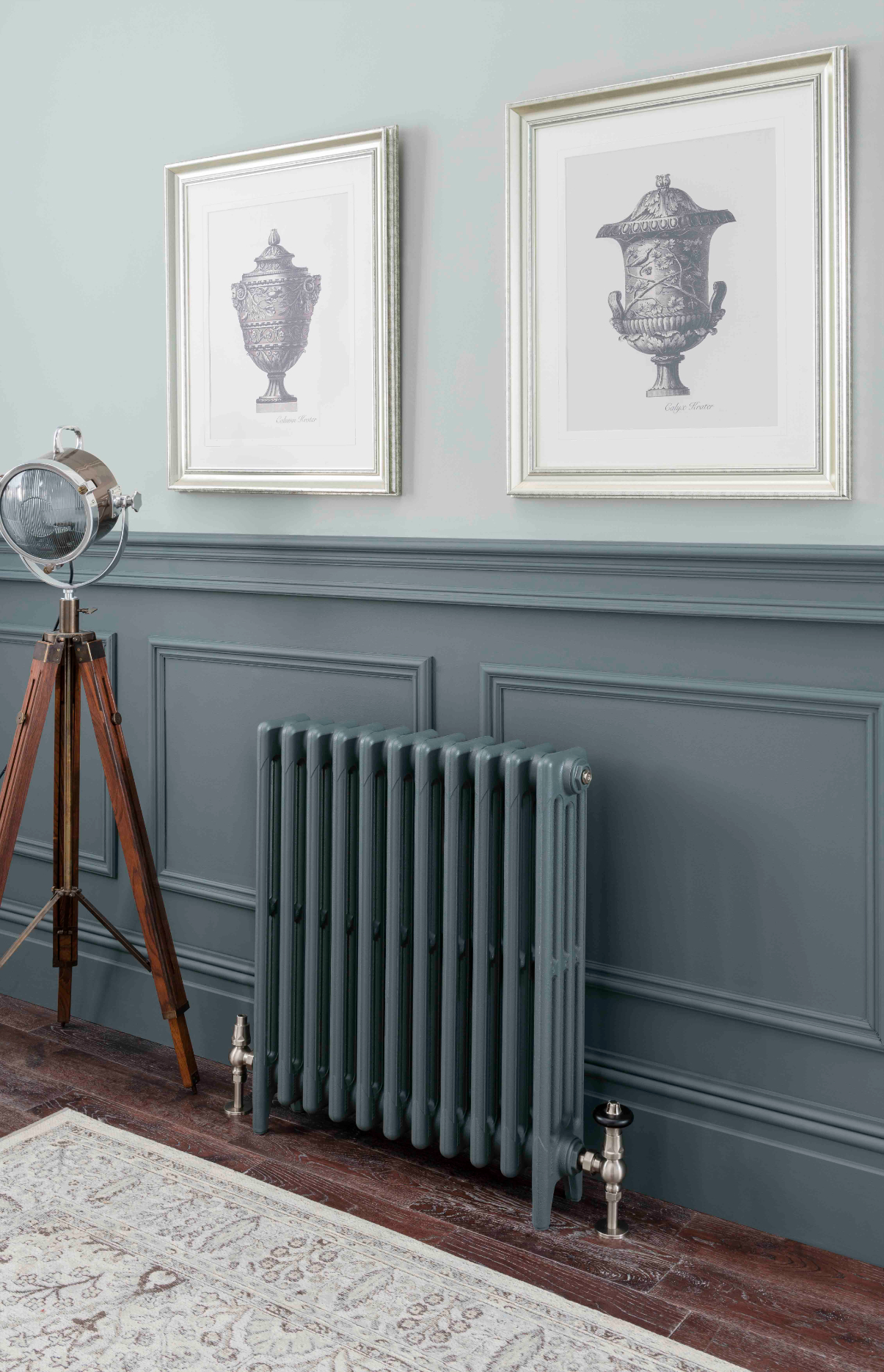
(Image credit: The Radiator Company)
Many of us wonder if it is cheaper Leave the heater on all dayHowever, our professionals advise you to heat your home for around eight to ten hours per day.
Michael Morey, Smart Thermostat and Home Project Manager at Trane Technologies explains: “The best way to save energy and costs in the winter while maintaining a comfortable temperature in your home is to set your thermostat to 68 degrees.” At 68 degrees, your heating system will provide enough heat to counteract heat loss through windows, Doors and walls, which can lead to significant energy losses and higher heating costs.”
Eight to ten hours should be more than enough to achieve this, as long as you avoid some of them Common heating errors that drives up the bills.
However, Michael recognizes that “some homeowners need a slightly warmer temperature, but without unnecessarily overheating the home, which could quickly drive up energy costs.” By turning the thermostat down seven to ten degrees Fahrenheit for an additional eight hours a day – for example, when you are sleeping, working in the office during the day, or when the house is empty – you may be able to achieve this Reduce your annual heating costs by up to 10 percent.'
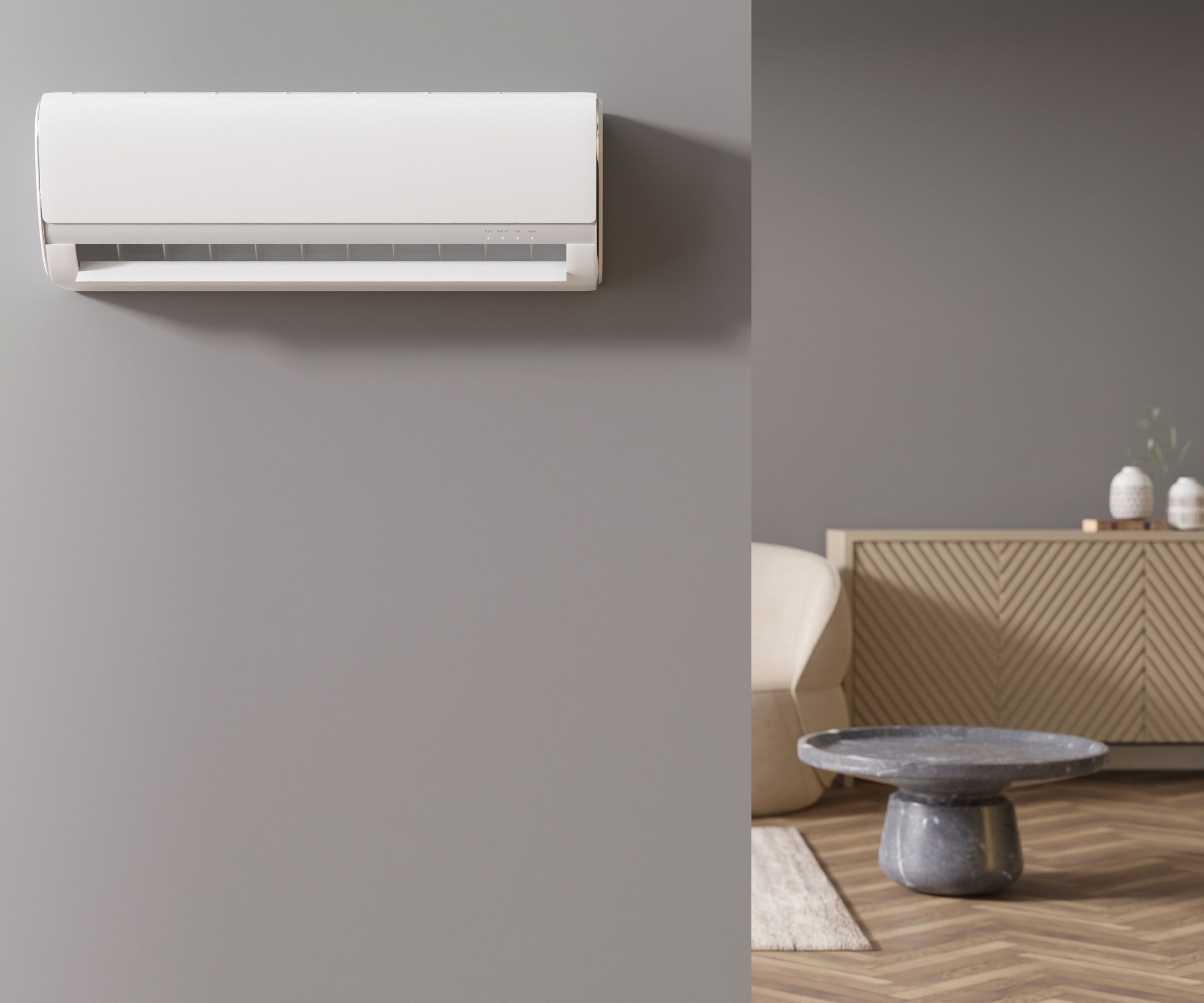
(Image credit: Getty Images / Creativebird)
How long you leave our heating on also depends on your daily routine and whether you are at home all day or not.
James Parsons, VP of Operations at Air Pros USA says: “Have a programmable one.” smart thermostat The best recommendation would be to set it up on a schedule. You can set most programmable thermostats to be at a specific temperature when a homeowner wakes up, goes to work, comes home, and goes to bed. Maintaining this consistency is the best recommendation for getting the most efficiency out of your heating and cooling system.”
Michael Moray adds: “If a homeowner is interested in further optimizing their energy consumption, they can upgrade to an HVAC zone system.” It divides the home into different zones so that they can be either heated or cooled separately. Each zone is controlled by its own thermostat, allowing homeowners to adjust the temperature in each area independently. This allows homeowners to save energy by heating only the areas of the home they need.”
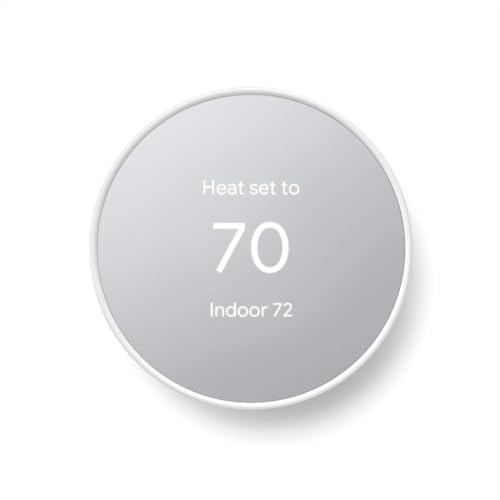
Google Nest Thermostat – Smart thermostat for your home
Josh Mitchell, HVAC professional at Air Conditioner Lab, says, “This is easy to use and ideal for people who want to monitor and control heating remotely. It also provides energy-saving suggestions based on your patterns.”

Ecobee3 Lite Smart Thermostat – Programmable WiFi thermostat
Josh reviews this thermostat and says, “This is another great option for smart control and energy savings.” It integrates well with Alexa and other smart systems.” This includes Siri and Google Assistant. It is ENERGY STAR certified and has a touchscreen.
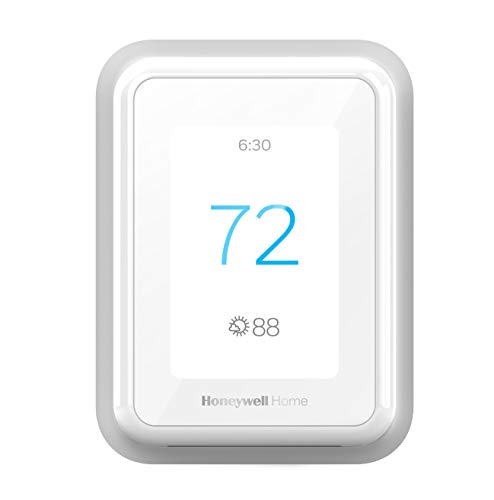
Honeywell Home T9 WiFi Smart Thermostat
This has a touchscreen display and is compatible with Alexa. Josh recommends it, saying, “This model features room sensors to prioritize heating in occupied areas for greater comfort and efficiency.”
If you're worried Keep a home warm all day longThere are also some insulating measures you can take to trap warm air and minimize air transfer. Draft proof A house, for example, is the quickest way to prevent cold air from entering. It is especially important to protect an entryway from drafts when the thermostat is nearby.
If you have time and money, check out the best Types of attic insulation for your property. Insulating your attic has a drastic impact on your home's energy efficiency and ability to regulate temperature in both summer and winter.
A quick way to visually check if it is working well in the winter is to do a visual snow test. When it snows, look at your roof. Is it covered in snow? If so, your insulation is doing a good job of not allowing your home's heat to escape through the roof. If it's stained or the snow has melted, it could be a sign that it's time to replace your attic's insulation.
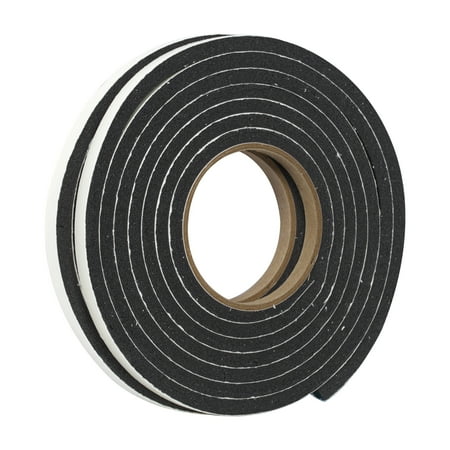
Duck Brand Black Foam Gasket Seal 2 Pack
Foam weatherstripping attaches to the edge of your doors and windows to close small gaps and prevent air transfer, keeping your home more cost-effective. This helped one of our editors stop an annoying draft under the front door.
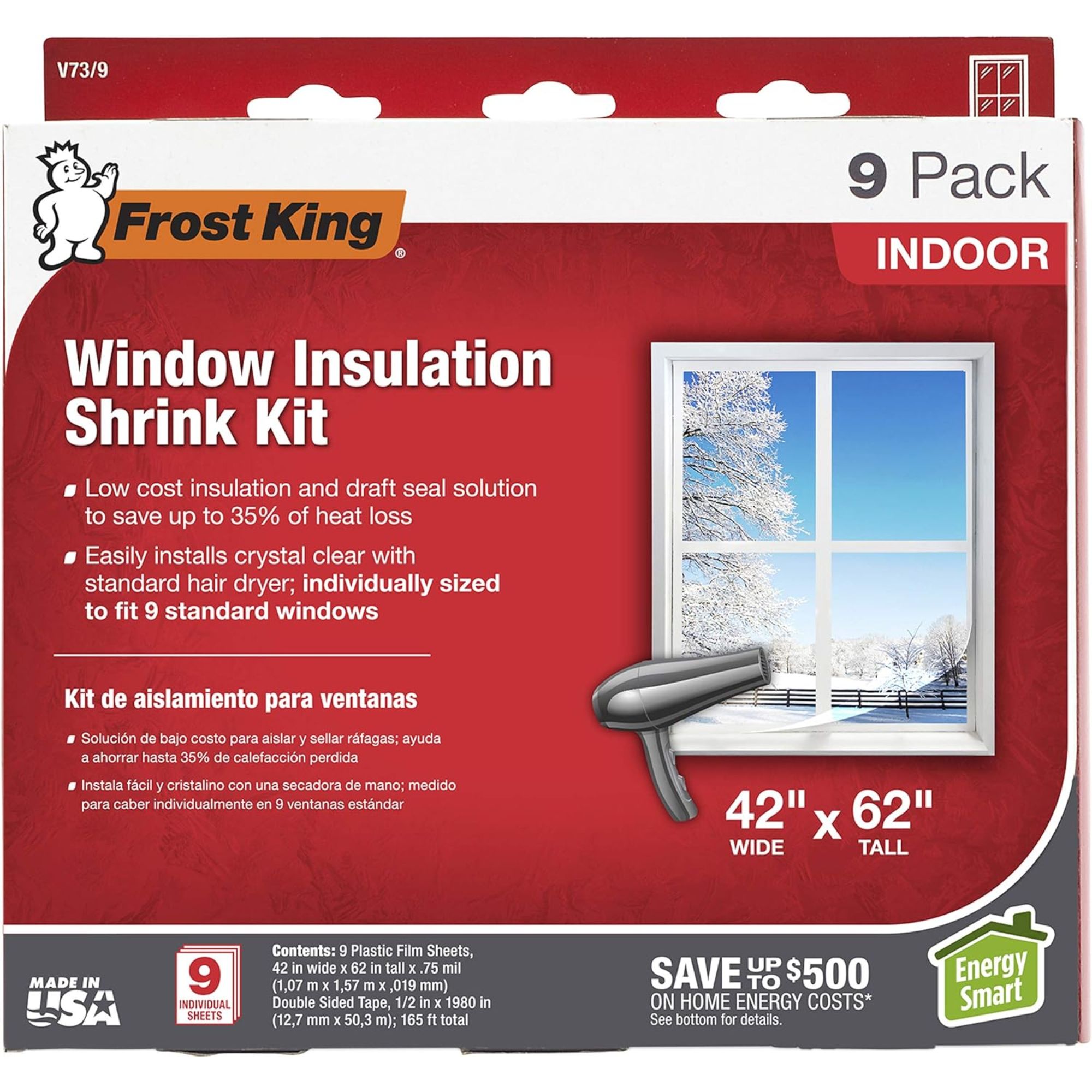
Frost King V73/9H Indoor Shrink Window Kit
Window films add an extra layer of insulation to windows to keep heat in and keep your home feeling warmer all winter long.
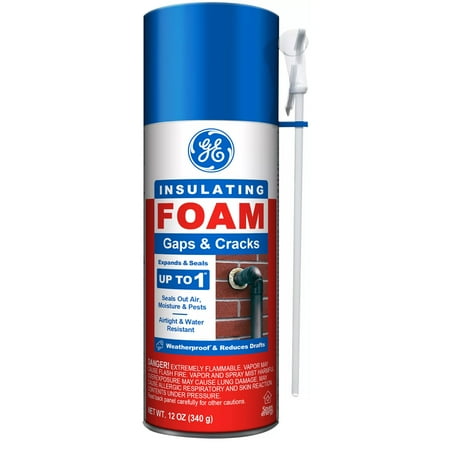
Ge Gaps & Cracks Insulation Foam, 1 Count, Yellow 12 Ounce Can
The insulating foam expands when used and fills gaps up to 2.5 cm in size. This prevents air transfer and makes the home warmer.
FAQs
Is it worth leaving the heater on for an hour?
In general, it's not worth leaving the heater on for an hour. An hour is usually not long enough to make a big difference in indoor air quality, although small studios and apartments may see some benefit, while a four-bedroom home may not. It's more efficient to turn it on when needed and let it run for a few hours to heat up the room before turning it off when you feel warm and comfortable.
If you're trying to save money on energy costs, it's worth checking out the potential Things that make your heating system work harder. This can help you improve efficiency and warm up your space faster, reducing bills, waste, and time spent shivering.
